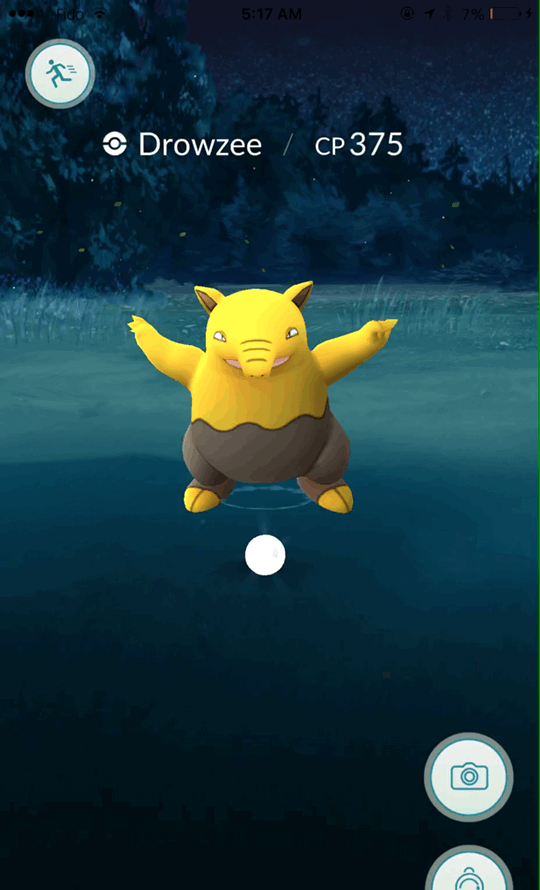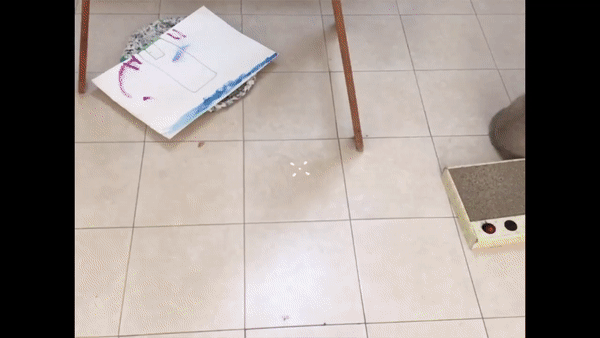Rangers Wanted (TRPL x Niantic)
Platform: Niantic ARDK, Mobile AR
Role: XR Game Designer @ TriggerXR

The Process
Rangers Wanted is a game by TriggerXR, sponsored by Niantic, for the Teddy Roosevelt Presidential Library (TRPL) in Bismark, North Dakota. The goal of the game is to get children interested in the Library's mission of wildlife conservation, and encourage kids to play outdoors with a variety of mobile AR games.
For this project, I will walk you through my design process as I was working with the full-stack team at TriggerXR to bring this game to life. The process goes like this;
-
Defining the Goal
-
Research
-
Brainstorming & Feature list
-
User Journey & Wireframes
-
Lo-fi to Hi-fi Prototype

This is a map of the different components of the player's journey, created by Director Laurence Dawes. The 3 main gameplay elements involved Semantic Resource Gather, Animal Encounter Mini Games, and badge collection. These different elements would be accessed from the main app and each would influence the other.
Defining the Goal
Teddy's Goal
For this project we were working directly with the TRPL. Their mission with this project was to inspire kids (ages 8 to 13) to be interested in wildlife and nature conservation while leveraging Niantic's ARDK tech.
So how do we do that? Well, with animal stories, of course! Each of 6 - 10 animals would have their own "mini-game" to tell their story, and Teddy Roosevelt would bring together each experience as part of the player's "Ranger Training" program.


Research
We discovered the best way to get kids to understand wildlife conversation was to tell the stories of animals that they were familiar with. The client wanted a certain number of mini-games, so we came up with a list of animals and their conservation stories:
-
What does the animal do?
-
What is a threat to them?
-
How could a regular person (or child) help?
In our research we also wanted to establish parameters about what is possible with the tech for which we are developing and what looks like simple fun, based on other games in a similar space.

The game "Alba" served a great inspiration for a nature based game about helping animals.

Untitled Goose Game, on the opposite end of the spectrum, served as inspiration for simple, easy to understand puzzles, in a delightful art style.

And of course, Pokémon Go sets the standard for outdoor AR experiences. We were fortunate enough to be a preferred partner with Niantic on this project.
Brainstorming & Feature List

Each of the mini-games would have to adhere to a specific set of parameters to help the developers work efficiently, while also making the experience enjoyable for the user. We settled on 4 parameters that would achieve both:
-
Simple Gestures - interactions with the phone
-
Simple "Scenic" Puzzles - intuitive spatial mechanics
-
Spatial AR Play - the games encourage movement around a space
-
What would a Ranger do? - the concept had to be feasible for a child
Using these parameters, it was my task to come up with a variety of mini-games for proposal to the client, based around the conservation stories of animals such as the Beaver, Arctic Fox, Bumble Bee, and more.

An early brainstorm draft of what would become the Beaver mini-game, created by me. To encourage movement, the player would need to move around a mound of mud occluding targets on the other side.

The idea was to mimic a simple Whack-a-mole game, where the Ranger would help the Beaver plug holes.
User Journey & Wireframes
Once I had a rough idea about how the game would flow and what would be interesting and fun, I began working on the Journey map and low fidelity wireframes. The goal here is to "find the fun" so that the game mechanics and progress make sense:
-
What is the user's action?
-
What does failure/success look like?
-
Should there be a time limit?
-
How should the game be scored?
This gives the developers a general idea what functions will need to be programmed, and what variables will need to be adjustable during playtesting in order to balance the game and find the fun.

For example, in Super Mario, the player's actions involve navigating obstacles left and right and jumping. Success is finding Princess Peach. Failure is hitting an obstacle.

A journey map/wireframe of what would become the Beaver mini-game. This is simply to establish the flow and mechanics, all timing/scoring notes would be subject to change depending on "finding the fun".
Lo-Fi to Hi-Fi Prototyping

The final step of the process, and possibly one of my favorite project phases, is the Hi- Fi prototyping and playtesting of the application and mechanics. While this phase can look different for different projects, it often involves the development team implementing the design, and us as a team play/stress testing and asking questions about how the experience can be refined.
The clip here features a number of the mini-games, including the Beaver, Bumble Bee, and Woodpecker.